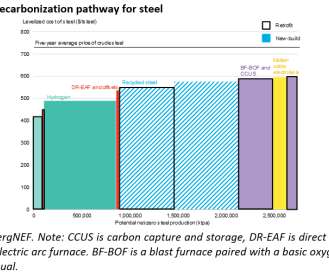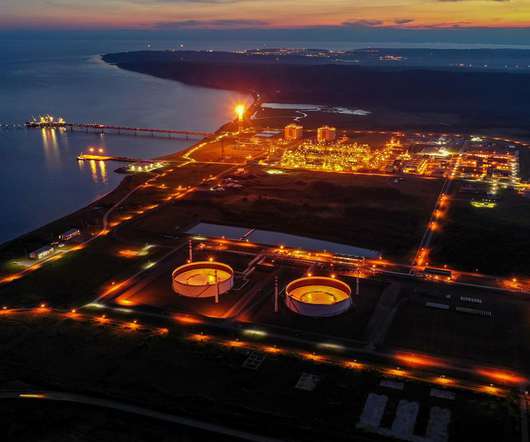BNEF: steel industry set to pivot to hydrogen in green push; additional $278B for clean capacity and retrofits
Green Car Congress
DECEMBER 1, 2021
The report “Decarbonizing Steel: A Net-Zero Pathway” outlines the path to making profitable, low-emissions steel and describes how a combination of falling hydrogen costs, cheap clean power, and increased recycling could reduce emissions to net zero, even while total output increases.















Let's personalize your content